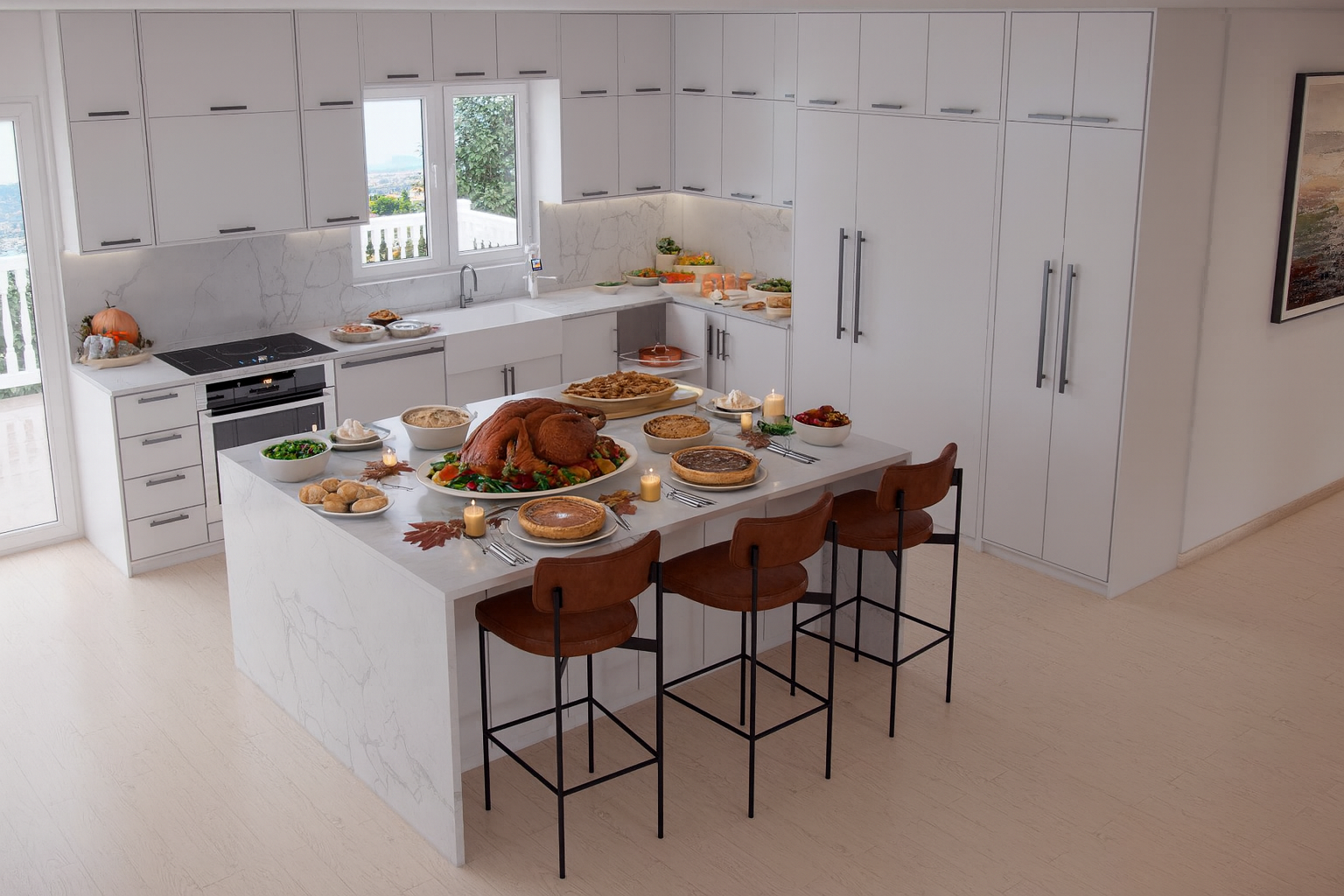Mixing different wood tones in your home can add depth, character, and warmth to any space, creating a rich, layered look that feels intentional and sophisticated. However, achieving the perfect balance can be tricky without a clear strategy. Whether you're pairing dark wood floors with lighter furniture or incorporating various wood elements throughout your decor, here are some tips to help you mix wood tones like a pro.
.webp)
Establish a Dominant Wood Tone
Before you start mixing wood tones, it's important to establish a dominant shade that will anchor the room. This could be your flooring, a large piece of furniture, or even cabinetry. Once you've selected the dominant tone, the other wood elements in the space should complement or contrast this shade without overpowering it. The dominant wood tone sets the foundation for the room’s overall color palette, making it easier to pair other woods seamlessly.
Keep Undertones Consistent
All wood has either warm, cool, or neutral undertones. For example, woods like cherry, walnut, and red oak have warm undertones, while woods like ash, maple, and birch tend to have cooler undertones. When mixing wood tones, it’s helpful to maintain consistency in the undertones. You can mix light and dark woods as long as their undertones are compatible. This keeps the overall look cohesive, even when different types of wood are present.
Use a Transitional Piece
A great way to harmonize different wood tones is by introducing a transitional piece that contains a mix of shades. This could be a piece of furniture, a decorative item, or even a wooden accessory like a tray or bowl. These items can serve as visual connectors between the various wood tones in your space, tying the look together. Rugs or textiles with earthy tones can also help bridge the gap between contrasting woods.
.webp)
Balance Dark and Light Woods
For a more dynamic and balanced look, consider mixing dark and light woods strategically. If you have darker wood floors, balance the space with lighter wood furniture or vice versa. This contrast creates visual interest while keeping the space from feeling too heavy or too uniform. Make sure to distribute the different wood tones evenly throughout the room to create harmony rather than concentrating them in one area.
Bring in Other Materials
When mixing wood tones, it’s essential to balance the look with other materials. Incorporating metals, glass, and stone into your decor can prevent the room from feeling too wood-heavy. For example, a metal-framed coffee table, marble countertops, or glass lighting fixtures can help break up the wood elements while adding a fresh, modern touch. Textiles like throws, pillows, and rugs also soften the space, allowing the wood tones to shine without overwhelming the room.
Mixing different wood tones in your home is an excellent way to add warmth, texture, and personality to your space. By establishing a dominant wood tone, keeping undertones consistent, using transitional pieces, balancing light and dark woods, and introducing other materials, you can create a harmonious and stylish interior that feels intentional and cohesive.

.webp)







